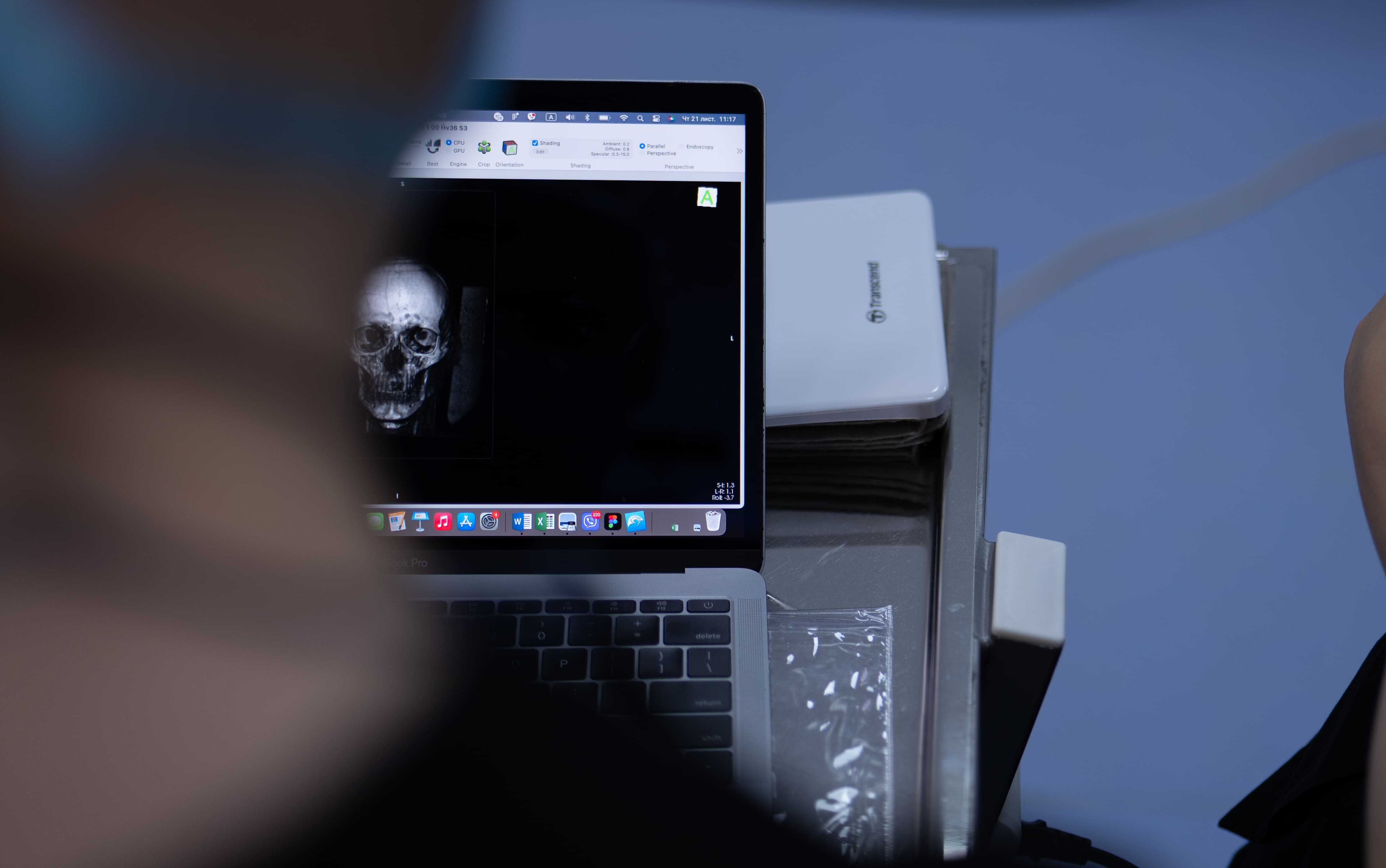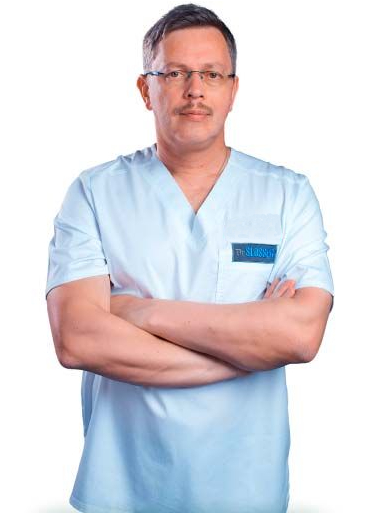Innovations in plastic surgery: technologies that restore health, beauty and quality of life
Every era brings new discoveries to medicine. Today, plastic surgery offers innovative methods, materials, and technologies that are significantly changing the approach to treatment, restoration, and transformation of appearance.
Experienced plastic surgeons and young specialists experience these changes every day: in their work with patients, in the results of operations, and in how quickly and efficiently people recover after complex surgical procedures.
3D modeling: see the results before the operation!
Just 10-15 years ago, patients would come to a plastic surgeon with photos of famous singers or actors or vague ideas of how they wanted to look after surgery. Today, doctors offer something fundamentally different: digital 3D modeling, which allows patients to see the expected result before the operation even begins.
Another innovation is the combination of CT, MRI, and 3D scans into a single model. For example, in jaw reconstruction after trauma or cancer, doctors can plan the procedure with an accuracy of 0.1 mm, print a custom implant, make a template for osteotomy, and then proceed according to a predetermined scenario during the operation.
Also, using scanners and 3D modeling software, a doctor can create an accurate digital copy of a patient's face or body. This allows them not only to visualize changes but also to calculate anatomical features and risks and select the most harmonious proportions (for example, for planned breast augmentation).
In reconstructive surgery after combat injuries, cancer surgery (such as breast removal during cancer treatment) or congenital defects, 3D technology makes it possible to select implants of the right size and plan the course of the upcoming surgery with precision.

Modern materials: at the frontier of medicine and bioengineering
The materials used by experienced doctors in plastic surgery have long gone beyond standard silicone breast or buttock implants. New techniques allow for the most natural results (for example, a facelift without an unnatural “pulled” effect). Today, doctors have a whole range of high-tech materials at their disposal that are safe, biocompatible, functional, and durable.
- PEEK (polyetherephthalefone) – a polymer used for 3D printing of custom implants, especially for reconstructing areas of the skull, jaws, eye sockets after combat injuries, and parts of the upper or lower limb joints.
- Hydrogels, biofillers, the patient's own cells and even their own tissues are used for rejuvenation and to fill defects (e.g., atrophic scars), reduce keloid and hypertrophic scars, and shape the body in women and men, among other things.
These materials make it possible to avoid significant side effects, accelerate healing, achieve a natural appearance of the patient's body or face, and even eliminate significant defects in appearance.
Robotic systems: micron-precise surgery
The advent of robotic systems such as Da Vinci has ushered in a new era in surgery. Although they are currently used more in oncology and abdominal surgery, plastic medicine is also adopting them, particularly in microsurgery. Imagine plastic surgery where you need to suture vessels less than a millimeter in diameter. Even the most precise surgeon's hand cannot match the stability and accuracy of a modern robot.
Robotic surgery allows you to:
- minimize surgical trauma;
- reduce blood loss;
- shorten rehabilitation time;
- work in hard-to-reach areas.
In the future, such systems will become routine practice even in complex reconstructive surgery of the face, mammary glands, limbs, etc.
The technologies of the future are already here
What's next? Doctors in many developed countries are already actively experimenting with tissue bioprinting, the use of stem cells, and VR technologies that allow patients to “try on” a new face or body after surgery in augmented reality. Implants with built-in chips are appearing that can track the healing process in real time.
All these innovations are being introduced to enable people to live active and fulfilling lives without psychological complexes, to shorten the rehabilitation period, to reduce the likelihood of side effects, and to preserve the attractiveness of the body and harmonious facial features of every patient who turns to a plastic surgeon for a long time.
Contact me
Plastic surgeon
Ukraine, Kyiv, Shchekavytska St., 9a
(Clinic "Nove Tilo")


